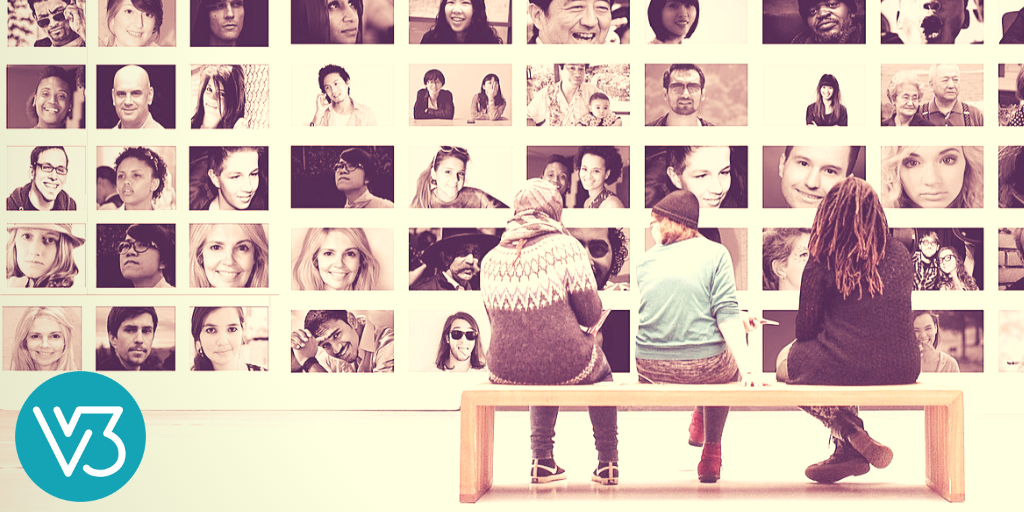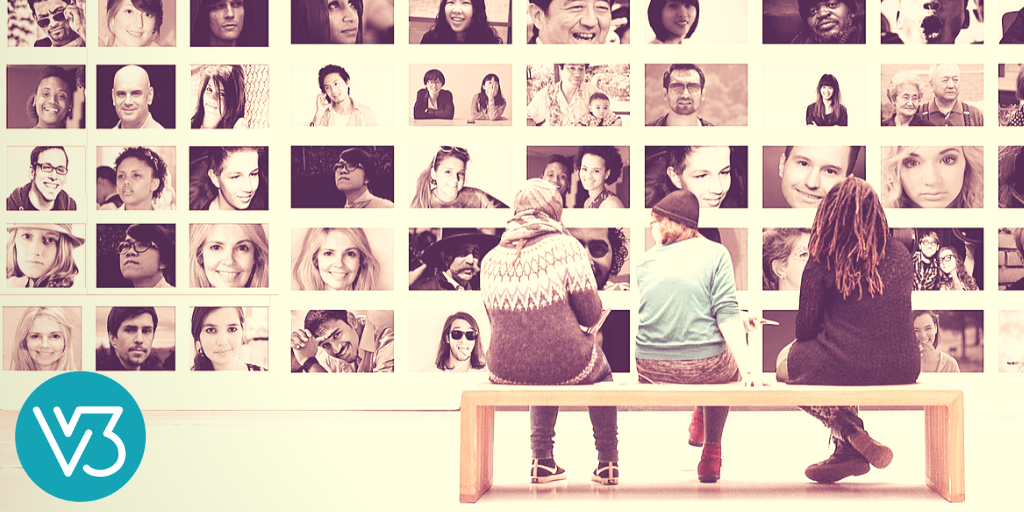Building diverse spaces that span ethnicity, gender, age, and sexuality requires intentional design. In a previous post I discussed the importance for churches to embody diversity. It reflects unity in diversity demonstrated first in the Trinity.
Yet in practice our churches are some of the most segregated spaces in the country. This is also a product of intentional design which makes the work towards diversity all the more difficult.
But there’s hope if you want to put in the work.
Starting Out
The easiest way to enter diversity would be to start with a community that is such. Easier said than done. How we gather is a reflection of our relational networks. Dominant groups, such as white evangelicals, boast the dubious distinction of having the least diverse friendship networks. We tend to hang out with people who look the same as us.
Therefore it is countercultural to build into diverse spaces. You could even say the Gospel subverts cultural expectations through diversity. How then should we progress?
First off, diversity isn’t formulaic. You can’t strategize diversity. Corporations try and they fail. Even faith based organizations try to hit diversity targets and realize there’s something foundational missing from the equation.
Metrics don’t work because the heart of diversity is simply yet profoundly relationships. When it comes to change, you are the only person you control, so it’s your work to step back and reassess how diverse your life is.
If there’s a pathway forward then Step #1 would be work of self-assessment. Before progress let’s consider our own process.
Process Diversity Through Self-Reflection
One exercise in self-reflection is to list what and from whom you consume. Who has formed you and what things uphold your formation are important questions.
Whether you are a person of color or not, you have been undoubtedly shaped by dominant theology. In this country that comes from a European lens. How we understand and view our faith is through this filter. Not only is it a filter, it is considered the norm.
Although I’m digressing into race theory, the warning is necessary. Most of us have been shaped, and some of us exclusively, by one worldview. We need to expand.
Who has formed you and what things uphold your formation are important questions – Rohadi Click To TweetWhat would it mean if we were to read and learn theology from non-European thinkers? Think about it.
What books are you reading now? Are they all from the same worldview and walks of life? For example, most of the popular Christian books are written by white authors.
What podcasts do you consume? What music or worship do you listen to? Again, most all of the songs sung in churches are from the same handful of contemporary bands. The list goes on but you get the idea.
Along with the question of consumption is an even bigger challenge of life on life formation. We must push beyond individual experiences and into discipleship.
Who has discipled you? Was it someone who looks, talks, thinks, and believes like you? What would it look like for leaders pursuing diversity to submit themselves in relationship to someone who is unlike them. Someone from a different ethnicity or gender?
Having friends who are different than your ‘norm’ is critical, but learning from someone who’s different is as well.
We could stop here and state without these foundational pieces a leader cannot start, maintain, or exist within diverse spaces successfully.
You have to do your own work towards diversity, and if your consumption doesn’t reflect what you will encounter, you won’t survive.
Diversity practiced in community is traumatic for those who’ve never ventured beyond their homogenous lens. It is indeed harder to engage because everyones blindspots are constantly being exposed. Again, diversity is hard work.
As a multi-racial leader my default norma is diverse spaces. However, I too struggle with a reality of being deeply formed in my faith by white evangelicalism. That’s a tension I’m working out. I also notice things differently. When I visit congregations that are nearly all white, or all Chinese, or all Korean, I immediate feel how out of place I am. In multi-ethnic settings it’s the opposite. I don’t notice the beauty in diversity. It’s simply normal to me.
Ideas to Build Diverse Spaces
If you’ve made it this far I have some general ideas of how to build diverse spaces. Remember, this pursuit relies on work you’re already doing in learning, consuming, and being formed from diverse leaders.
Once you make it this far then there needs to be the correct approach to expectations.
I remember sitting on a rooftop in the middle of a warm evening in Philadelphia during the V3 Praxis conference. The conversation I was having turned to diversity, and ways to tear down dividing walls in neighborhoods. The work that was being done was good, including intentional invitation to the community table.
The response, however, was poor. As a result frustration began to mount. Was the practice worth doing? Why wasn’t it working? There’s more to unpack here but one piece of advice to share on reaching across racial divides: have good intention without expectation.
Good intention coupled with good practices should merely seek to operate in love. The result is up to God.
Now for the rest. I’m working out some more ideas on building diverse churches, listed here in no particular order:
- Embody a posture of diversity at onset. If you’re looking at church planting, start with a leadership core that is diverse. If it’s not, either find that team, or don’t start with an expectation you’re going to be diverse.
- Prepare for the long haul. Any work pioneering new expressions of faith should plan for a ten year start. Tack on work on embodying diversity and all that it entails…that can take a lifetime.
- Give space for blind spots to come into focus. Trauma and hurt, particularly around work in racial reconciliation, is inevitable. Be ready to deal with the hurt and heal together well.
- Obviously, tokenism doesn’t count. Having the one black friend or one black leader on team isn’t diversity.
- Don’t rely on content or style. This is particularly important in worship and gatherings. We don’t want to create consumer Christianity in another form. Multi-ethnic congregations that are not integrated are merely consumer churches by another name. Your community must practice life together beyond the worship gatherings, and not remain segregated throughout the week.
- On content and style, tolerance isn’t diversity. The work of inclusion is one that seeks to create a third way (I would argue a Gospel way) that changes everyone involved.
There’s so much more to add. I merely shared some thoughts and ideas to get you thinking about the work behind building and maintaining diverse communities.
There’s a lot of corporate and individual work that needs to be done. That amount varies depending on where you are on the continuum of this conversation.
Regardless of time-frames, it’s good work because it’s Gospel work. After all, it is within the scope of God’s very identity of diversity where we experience unity.
Unity in the oneness of God which in part glimpses a piece of community renewed, a hope we have today and in the age to come.
Join a Fall 2019 Learning Cohort

Share this Post

